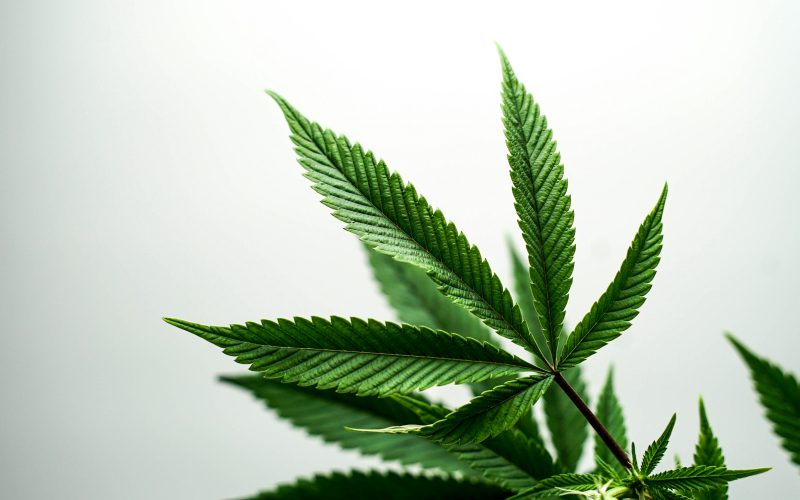Introduction
The growing acceptance and legalization of medical marijuana in various parts of the world have sparked an increasing interest in medical marijuana dispensaries. For patients seeking relief from chronic conditions, pain, anxiety, and more, these dispensaries provide a vital resource. But accessing medical marijuana and understanding the various products available can sometimes be confusing.
Whether you’re new to the world of medical cannabis or simply want to understand how dispensaries work, this comprehensive guide will walk you through everything you need to know. From how to access a medical marijuana dispensary to the benefits of using medical marijuana, we’ve got you covered.
What is a Medical Marijuana Dispensary?
A medical marijuana dispensary is a licensed establishment where patients with a valid medical marijuana prescription can purchase cannabis products. These products may include dried cannabis flowers, oils, edibles, tinctures, and even topicals. Dispensaries are strictly regulated to ensure that patients receive safe, high-quality products that are suited to their medical needs.
These dispensaries typically operate under specific state or country regulations, and in regions where medical marijuana is legal, they provide a critical service for patients looking to manage conditions like chronic pain, anxiety, depression, or epilepsy, among others.
How to Access a Medical Marijuana Dispensary
Accessing a medical marijuana dispensary involves a few important steps. Since medical marijuana is not universally available everywhere, the process may vary depending on where you live. Here’s a general guide on how to gain access:
1. Get a Medical Marijuana Prescription or Recommendation
Before you can access a dispensary, you need to have a medical marijuana prescription or recommendation from a licensed healthcare professional. In many places, this is the first step in the process.
A doctor or qualified healthcare provider will assess your medical condition and determine if medical marijuana could help alleviate your symptoms. Some of the qualifying conditions for a medical marijuana prescription include:
- Chronic pain
- Cancer
- Glaucoma
- Epilepsy
- Anxiety
- PTSD
- Multiple sclerosis
Once your doctor agrees that medical marijuana might be beneficial for you, they will provide you with a prescription or recommendation.
2. Register with Your Local Medical Marijuana Program
In many regions, after receiving a medical marijuana prescription, you must register with a state or local medical marijuana program. This registration allows you to legally purchase medical marijuana from authorized dispensaries.
Registration often involves providing your prescription, identification, and proof of residence. After completing the registration process, you’ll receive a medical marijuana card that grants you access to dispensaries.
3. Find a Licensed Dispensary
Once you have your medical marijuana card, the next step is finding a licensed dispensary in your area. Many regions have online dispensary locators or apps that can help you find nearby options. You can also consult with your healthcare provider or local community to get recommendations for reputable dispensaries.
When looking for a dispensary, it’s important to consider factors such as:
- Product variety
- Customer service
- Prices
- Reviews and ratings
- Quality of products
Each dispensary may offer a slightly different selection of products, so it’s important to find one that suits your needs.
4. Visit the Dispensary and Make a Purchase
With your medical marijuana card in hand, you can visit a dispensary. Most dispensaries require you to check in and show your medical marijuana card before allowing you to make a purchase.
Inside the dispensary, you will be guided by knowledgeable staff (often called “budtenders”) who can help you choose the best products for your needs. Budtenders will ask about your symptoms and preferences to recommend specific strains or products. Many dispensaries also provide educational resources to help you understand how different forms of marijuana work and their potential effects.
Different Types of Medical Marijuana Products Available
Medical marijuana dispensaries offer a wide variety of products, each catering to different needs and preferences. Here are some of the most common products you can find:
1. Cannabis Flower (Bud)
Cannabis flowers are the most traditional form of medical marijuana. These are the dried buds of the cannabis plant, which can be smoked or vaporized. Cannabis flowers are typically sold by weight and come in a range of strains, each offering different effects depending on the ratio of THC (tetrahydrocannabinol) and CBD (cannabidiol).
2. Edibles
Cannabis edibles are food products infused with cannabis extracts. These can include anything from gummies to baked goods, beverages, and even chocolates. Edibles are a popular choice for patients who do not want to smoke or vaporize marijuana. The effects of edibles take longer to set in, typically 30 minutes to two hours, but they last longer than smoking.
3. Oils and Tinctures
Cannabis oils and tinctures are concentrated liquid extracts of cannabis, which can be consumed directly or added to food and drinks. These products are available in different THC:CBD ratios, allowing patients to choose a product that aligns with their treatment goals. Tinctures are typically fast-acting and offer precise dosing, making them ideal for medical use.
4. Topicals
Cannabis-infused topicals are creams, lotions, or balms that can be applied directly to the skin. These are used for localized relief, particularly for conditions like arthritis or muscle pain. Topicals do not produce a “high” since they do not enter the bloodstream, but they are effective for targeted pain relief.
5. Vape Products
Vaping has become a popular way to consume cannabis for both medical and recreational purposes. Vape pens and cartridges provide fast-acting relief, as the cannabinoids are absorbed into the bloodstream through the lungs. However, vaping carries potential risks, especially with long-term use, so it’s important to use reputable products.
Health Benefits of Medical Marijuana
Medical marijuana offers several health benefits, especially for those suffering from chronic conditions. Here are some of the key therapeutic benefits:
1. Pain Relief
One of the most well-known benefits of medical marijuana is its ability to alleviate pain. Whether it’s chronic pain from conditions like arthritis or post-surgical pain, cannabis has been shown to reduce pain levels significantly.
2. Reduced Anxiety and Stress
Cannabis, particularly strains high in CBD, can have calming effects on the mind and body. This makes it an effective treatment for anxiety, depression, and PTSD. Many patients find that using medical marijuana helps them manage stress more effectively.
3. Improved Sleep Quality
For individuals struggling with insomnia or other sleep disorders, medical marijuana can promote better sleep. Certain strains have sedative effects, making it easier to fall asleep and stay asleep through the night.
4. Anti-inflammatory Effects
Cannabis has powerful anti-inflammatory properties that can help with conditions such as multiple sclerosis, Crohn’s disease, and autoimmune disorders. It can reduce swelling and pain in affected areas, providing much-needed relief.
5. Nausea and Vomiting Relief
Medical marijuana is commonly used to manage nausea and vomiting, particularly for cancer patients undergoing chemotherapy. It can stimulate appetite and reduce the discomfort associated with these symptoms.
Conclusion
Medical marijuana dispensaries provide a safe, regulated environment for patients seeking relief from a variety of medical conditions. Understanding how to access these dispensaries, the types of products available, and the benefits of medical marijuana is essential for anyone looking to use cannabis for therapeutic purposes.
By following the steps to obtain a prescription and finding a licensed dispensary, you can begin your journey towards improved health and well-being. Remember, medical marijuana is not a one-size-fits-all treatment, so it’s crucial to consult with a healthcare professional to determine the best products for your needs.
If you’re ready to explore the benefits of medical marijuana, make sure to research local dispensaries and take advantage of their knowledgeable staff. With the right product and guidance, you can improve your quality of life and take control of your health in a new and natural way.












